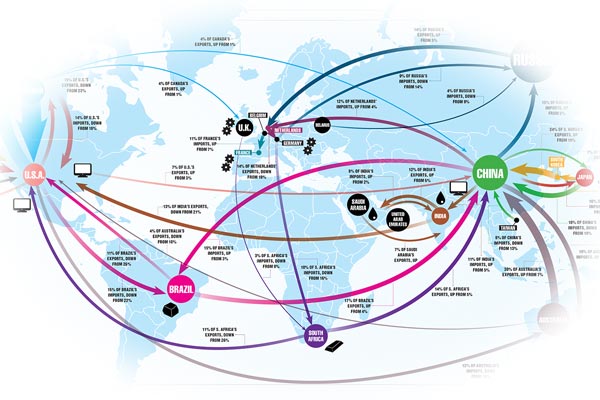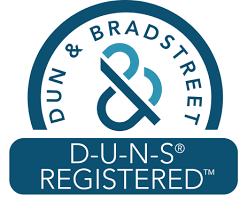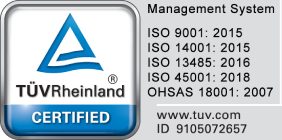What is an HS Code?
“HS” is an abbreviation for Harmonized System, which is also known as the Harmonized Commodity Description and Coding System. it is a number applied to virtually every category and sub-category of commercially traded commodities that might be subject to import or export duties.
Since its inception in 1988 the Harmonized System has been developed and maintained by the World Customs Organization. In short, the system is used by customs authorities and other government regulatory bodies to control and monitor the import and export of commodities.

As of 2015 there were 180 countries using the Harmonized System worldwide. There are several methods to apply the system, eventually coming up with the correct designation for the product before proceeding with import or export. There are three ways in which you can find a product’s HS number, by describing a product’s composition, its form or its function.
Applying the System
Take for example a bar of aluminum. Under the HS system aluminum falls in category 7604. Within this category you can then further define it by the form or shape of the metal. You can describe it as bars, rods or profiles – three separate sub-categories. So if you’re looking to ship a bar of aluminum you’ll then be in sub-category .29. So your HS code will be 7604.29
Applying the right HS code to your import or export is important when it comes to ensuring speeding up the shipping process. Using the wrong code can hold your product up at customs and it can also lead to fines or other criminal penalties. Therefore it’s imperative to do your due diligence and find the right HS code before proceeding with your import or export.
There are several online tools available to help you find your HS code. Some will allow you to search for individual words whilst other will allow you to search using a string of keywords. There are also online guides available where you can learn more about the HS system.
Valuing Your Goods
Another issue that ties into speedy shipping is that of product or part value. Import and export regulations differ across the world and various tariffs apply. Although it might seem tempting to want to decrease the value of a product or part to lower the amount of import and value added tax (VAT), this is never recommended.
If an import is found to have a written-down value not only will the delivery time be significantly delayed, the importer is likely to face penalties, fines or other criminal charges. Likewise, it’s prohibited to write up the value of a product or part more than its actual value for the same reasons.
We’re happy to help you with any further questions you have about shipping your order. Go ahead and get in touch and we will provide you with a free project quote.
Tagged:





